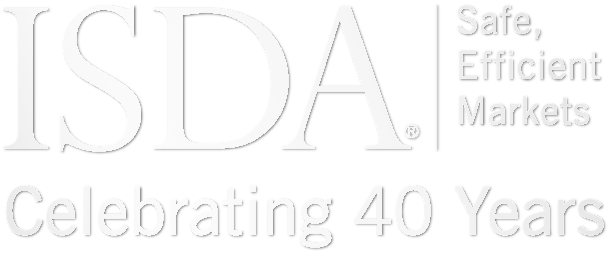Sunday’s New York Times contained yet another column on the OTC derivatives markets. This time, the commentary focused on transparency, as well as on the amendments regarding electronic trading platforms proposed by Representative Scott Garrett and others.
The article notes there are two aspects to the transparency debate. The first – regulatory transparency – “has pretty much been accomplished.” Trade and position details are being reported to a centralized trade information warehouse to which regulators have access.
To which we say: Thank you.
The article goes on to contend that another issue remains: “a lack of transparency in the market as it relates to swaps customers hasn’t been addressed.”
The column relies on some estimates provided by a small trade group to support its contentions. These estimates are supposedly part of a study of transaction costs and potential cost savings that the group conducted. Has anyone seen this study? We have not, though we have asked to see it. So too has Rep. Garrett, who was told it would be provided during a recent congressional hearing. (We also note that letters from BlackRock and the Investment Company Institute supporting the proposed amendments were read into the record in that hearing, but were not mentioned in the Times piece.)
It’s ironic that while one trade group’s elusive report is treated as credible, the research that ISDA has conducted and publicly released finds no place in the column. Our research – and we understand that third parties can and should consider the source of the research – finds that swaps prices are incredibly competitive in the most liquid parts of the market. It also finds that the potential price improvements that infrequent swaps users may receive from the CFTC’s electronic execution rules are dwarfed by the higher costs that these rules will impose on all market participants (see Costs and Benefits of Mandatory Electronic Execution Requirements). We’d be happy to shed some light by arranging a simple demonstration of live pricing that is available to derivatives end-users.
Finally, the column considers neither how swaps trade now nor the pricing information that exists. End-users can call firms (as many as they like) for quotes. They can review the price screens that these firms provide to them. They can look up prices on their Bloomberg terminals. They can access existing electronic platforms for price information.
In other words, as it relates to swaps customers, there really isn’t “a lack of transparency in the market.”
Latest
ISDA Wins GlobalCapital Awards
ISDA has been named Industry Association of the Year for the third consecutive year at the GlobalCapital Global Derivatives Awards 2025. The association also won Digital Solution of the Year for its Digital Regulatory Reporting (DRR) initiative. Coming in its...
IRD Trading Activity in H1 2025 and Q2 2025
This report analyzes interest rate derivatives (IRD) trading activity reported in Europe. The analysis is based on transactions publicly reported by 30 European approved publication arrangements (APAs) and trading venues (TVs). Key highlights for the first half of 2025 include:...
ISDA Capital Models Benchmarking
Key Benefits ISDA Capital Models Benchmarking helps firms meet regulatory expectations by improving the accuracy and consistency of capital models, while reducing validation costs and improving operational efficiency through automation. Covering both standardized and internal models in multiple jurisdictions, it...
Industry Response to ESMA on Simplified Reporting
On September 19, ISDA, the Association for Financial Markets in Europe, FIA and the Global FX Division of the Global Financial Markets Association submitted a joint response to the European Securities and Markets Authority's (ESMA) Call for Evidence on streamlining...



